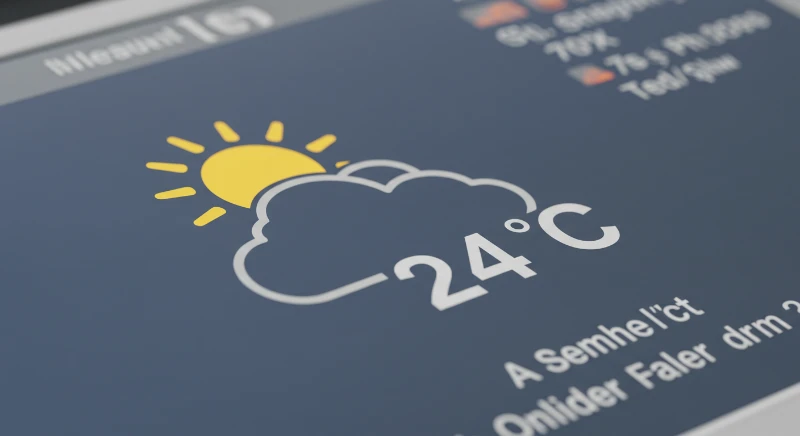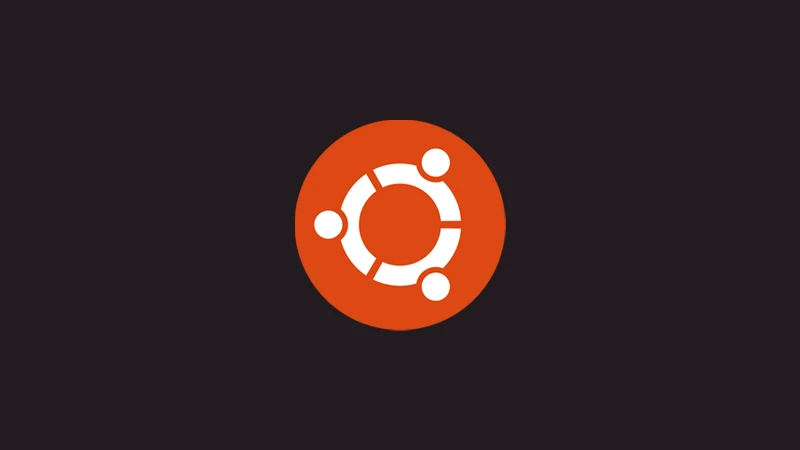If you're a macOS user and you see the error "zsh: command not found: brew" while trying to use Homebrew, this guide will help you understand what the problem is and how to fix it step-by-step.
What is Homebrew?
Homebrew is a package manager for macOS. It helps you install and manage software packages easily. Instead of downloading apps manually, Homebrew allows you to install them directly from your terminal using simple commands. For example, if you want to install Python or Node.js, Homebrew makes the process quick and efficient.
Why Does the "zsh: command not found: brew" Error Happen?
This error means your terminal doesn’t recognize the brew command. There are a few common reasons for this:
- Homebrew is not installed on your Mac.
- Homebrew is installed, but your terminal doesn’t know where to find it.
- You recently changed your shell to Zsh (Z shell), and the Homebrew path is not set correctly.
Now let’s fix this issue.
Step 1: Check If Homebrew is Installed
To check if Homebrew is installed on your Mac, open your terminal and type:
which brew- If it returns a file path like
/usr/local/bin/brew, Homebrew is installed. - If it doesn’t return anything, you need to install Homebrew.
Installing Homebrew
If Homebrew is not installed, follow these steps:
- Open your terminal and paste the following command:
``/bin/bash -c "$(curl -fsSL https://raw.githubusercontent.com/Homebrew/install/HEAD/install.sh)"
- Press
and follow the instructions on the screen. It may ask for your password.
After the installation is complete, run:</code></pre>javascript
brew --version
<pre data-language=""><code class="language-">This should show the version of Homebrew installed.
Step 2: Add Homebrew to Your Path
If Homebrew is already installed but you still get the error, it’s likely that your terminal doesn’t know where to find the
brew command. You need to add Homebrew to your PATH.What is PATH?: PATH is an environment variable that tells your terminal where to look for commands. If Homebrew’s location isn’t in your PATH, you’ll get the "command not found" error.
- Open your terminal and edit your shell configuration file. If you’re using Zsh (the default shell on macOS Catalina and later), the file is .zshrc
.
`javascript
nano ~/.zshrc
`
- Add the following line at the end of the file:
`javascript
export PATH="/usr/local/bin:/opt/homebrew/bin:$PATH"
`
- Save and close the file. In nano, press Control + O
, thenEnter, andControl + Xto exit. - Reload your shell configuration by running:
`javascript
source ~/.zshrc
`
Now, try running:</code></pre>javascript
brew --version
<pre data-language=""><code class="language-">If it shows the version number, the problem is solved.
Step 3: Fix Permissions Issues (If Needed)
Sometimes, Homebrew might be installed, but you’re still seeing the error due to permission issues. You can fix this by running:</code></pre>javascript
sudo chown -R $(whoami) /usr/local/bin /usr/local/share /usr/local/etc /usr/local/lib
<pre data-language=""><code class="language-">This command ensures you have the proper permissions to use Homebrew.
Step 4: Test Homebrew Installation
To confirm everything is working, test Homebrew by installing a simple package like wget:</code></pre>javascript
brew install wget
`
If the installation works, Homebrew is correctly set up.
Common Questions
Can Homebrew and MacPorts Coexist? Yes, they can coexist, but it’s not recommended. Both are package managers, and having them together can cause conflicts. If you’re using Homebrew, it’s best to uninstall MacPorts.
What If I Still See the Error? If you’ve followed all the steps but still see the error, double-check:
- Homebrew is installed in the correct location (/usr/local/bin
or/opt/homebrew/bin). - Your PATH
is updated correctly in.zshrc.
You can also try restarting your terminal or Mac.
Conclusion
The "zsh: command not found: brew" error is a common issue that can be fixed easily by installing Homebrew, updating your PATH`, or fixing permissions. With these steps, you should be able to use Homebrew smoothly on your Mac.






Comments (0)
Sign in to comment
Report